4,5-Dimethoxy-1-cyanobenzocyclobutane
- CAS NO.:35202-54-1
- Empirical Formula: C11H11NO2
- Molecular Weight: 189.21
- MDL number: MFCD01846132
- EINECS: 609-091-7
- SAFETY DATA SHEET (SDS)
- Update Date: 2024-11-29 14:36:51

What is 4,5-Dimethoxy-1-cyanobenzocyclobutane?
The Uses of 4,5-Dimethoxy-1-cyanobenzocyclobutane
4,5-Dimethoxy-1-cyanobenzocyclobutane is used in the preparation of selective bradycardic agents.
The Uses of 4,5-Dimethoxy-1-cyanobenzocyclobutane
4,5-Dimethoxy-1-benzocyclobutenecarbonitrile is used in the preparation of selective bradycardic agents.
Synthesis
NaNH2 (39.0 g, 1.0 mol) was added in portions to a solution of hydrocinnamonitrile 8 (224.0 g, 0.83 mol) in liquid ammonia at -45°C, and the reaction mixture was stirred at -45 °C for 2 h. After evaporation of the excess NH3, NH4Cl (20.0 g) and water (1000 mL) were added in portions. After standing at room temperature, greyish crystals separated and were collected and recrystallised with ethanol to give 4,5-Dimethoxy-1-cyanobenzocyclobutane as a colourless powder. Yield 116.5 g (74%).
Properties of 4,5-Dimethoxy-1-cyanobenzocyclobutane
| Melting point: | 83-84 °C |
| Boiling point: | 345.9±42.0 °C(Predicted) |
| Density | 1.18 |
| vapor pressure | 0.004Pa at 25℃ |
| storage temp. | Sealed in dry,Room Temperature |
| solubility | DMSO, Methanol |
| form | Solid |
| color | Light Brown |
| CAS DataBase Reference | 35202-54-1(CAS DataBase Reference) |
Safety information for 4,5-Dimethoxy-1-cyanobenzocyclobutane
| Signal word | Warning |
| Pictogram(s) |
 Exclamation Mark Irritant GHS07 |
| GHS Hazard Statements |
H315:Skin corrosion/irritation H319:Serious eye damage/eye irritation |
| Precautionary Statement Codes |
P261:Avoid breathing dust/fume/gas/mist/vapours/spray. P264:Wash hands thoroughly after handling. P264:Wash skin thouroughly after handling. P270:Do not eat, drink or smoke when using this product. P271:Use only outdoors or in a well-ventilated area. P280:Wear protective gloves/protective clothing/eye protection/face protection. P305+P351+P338:IF IN EYES: Rinse cautiously with water for several minutes. Remove contact lenses, if present and easy to do. Continuerinsing. P332+P313:IF SKIN irritation occurs: Get medical advice/attention. P337+P313:IF eye irritation persists: Get medical advice/attention. |
Computed Descriptors for 4,5-Dimethoxy-1-cyanobenzocyclobutane
New Products
2-Propanamine, 1-chloro-, hydrochloride (9CI) 3-Pyridineacetonitrile, α-hydroxy- 3-Iodophenylacetic acid 3-(hexyloxy)-4-(pyridin-3-yl)-1,2,5-thiadiazole 2-Hexyn-1-ol Dibenzo-18-crown-6 2-CHLORO-5-METHYLPYRIDIN-4-AMINE 2,4 Dichloro-5-methyl pyridine Ethyl 3,3- diethoxypropionate 4-pyridine methanol Methyl 3-bromo-2-(bromomethyl)propionate 1-Bromo-3-phenylpropane N N' DimethylEthylenediamine Lead II Bromide Variamine Blue B Diazonium salt N Ethylmethylamine Ethyl Methanesulfonate N N N'Trimethyl ethylenediamine (R)-2-Methylpyrolidine-2-carboxylic acid (De Mepro) Boc-L-Tyr(tBu)-OH Boc Leucine Fmoc-L-Glu-OtBu Sacubitril- Valsartan RamiprilRelated products of tetrahydrofuran
![(1S)-4,5-Dimethoxy-1-[(methylamino)methyl]benzocyclobutane hydrochloride](https://img.chemicalbook.in/CAS/GIF/866783-13-3.gif)
![(Z)-3-(3-chloropropyl)-7,8-diethyl-1H-benzo[d] azepin-2 (3H)-one](https://img.chemicalbook.in/CAS/GIF/85175-59-3.gif)

![5-[(2R)-2-Aminopropyl]-1-[3-(benzoyloxy)propyl]-2,3-dihydro-1H-indole-7-carbonitrile (2R,3R)-2,3-dihydroxybutanedioate](https://img.chemicalbook.in/CAS/20180808/GIF/239463-85-5.gif)
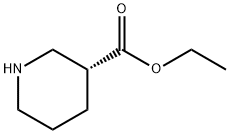
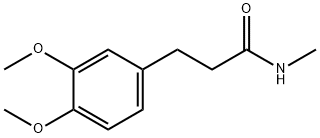

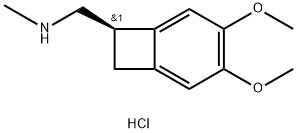
You may like
-
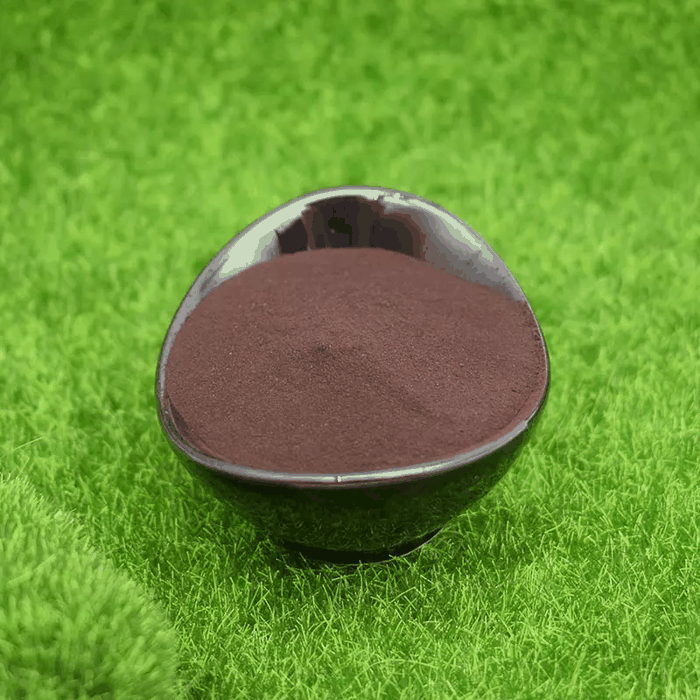 35202-54-1 4,5-Dimethoxy-1-cyanobenzocyclobutane >98%View Details
35202-54-1 4,5-Dimethoxy-1-cyanobenzocyclobutane >98%View Details
35202-54-1 -
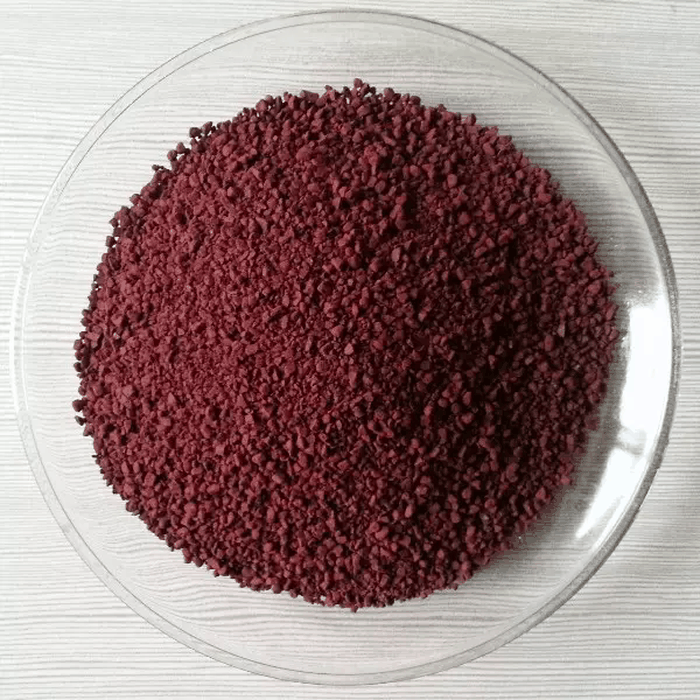 35202-54-1 99%View Details
35202-54-1 99%View Details
35202-54-1 -
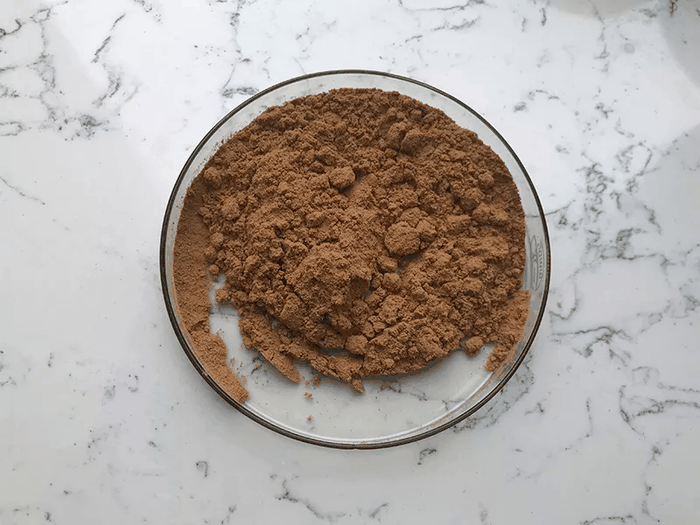 4,5-Dimethoxy-1-cyanobenzocyclobutane 98%View Details
4,5-Dimethoxy-1-cyanobenzocyclobutane 98%View Details
35202-54-1 -
 4,5-Dimethoxy-1-benzocyclobutenecarbonitrile CAS 35202-54-1View Details
4,5-Dimethoxy-1-benzocyclobutenecarbonitrile CAS 35202-54-1View Details
35202-54-1 -
 2-Bromo Isonicotinic Methyl Ester 98%View Details
2-Bromo Isonicotinic Methyl Ester 98%View Details -
 2-Amino Methyl Picolinate Ester 98%View Details
2-Amino Methyl Picolinate Ester 98%View Details -
 5-Amino 2-Chloro 6-Methyl 98%View Details
5-Amino 2-Chloro 6-Methyl 98%View Details -
 7-Deacetyl azadirone 98%View Details
7-Deacetyl azadirone 98%View Details
Statement: All products displayed on this website are only used for non medical purposes such as industrial applications or scientific research, and cannot be used for clinical diagnosis or treatment of humans or animals. They are not medicinal or edible.
